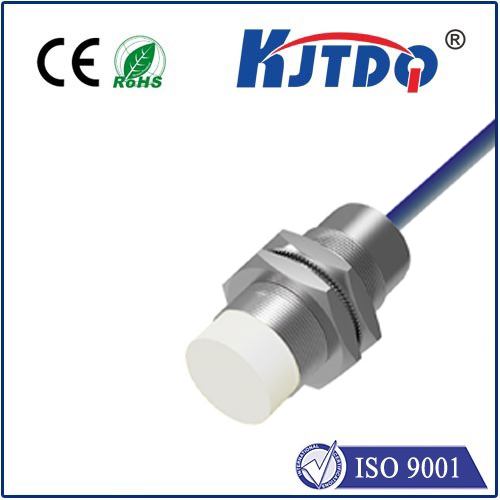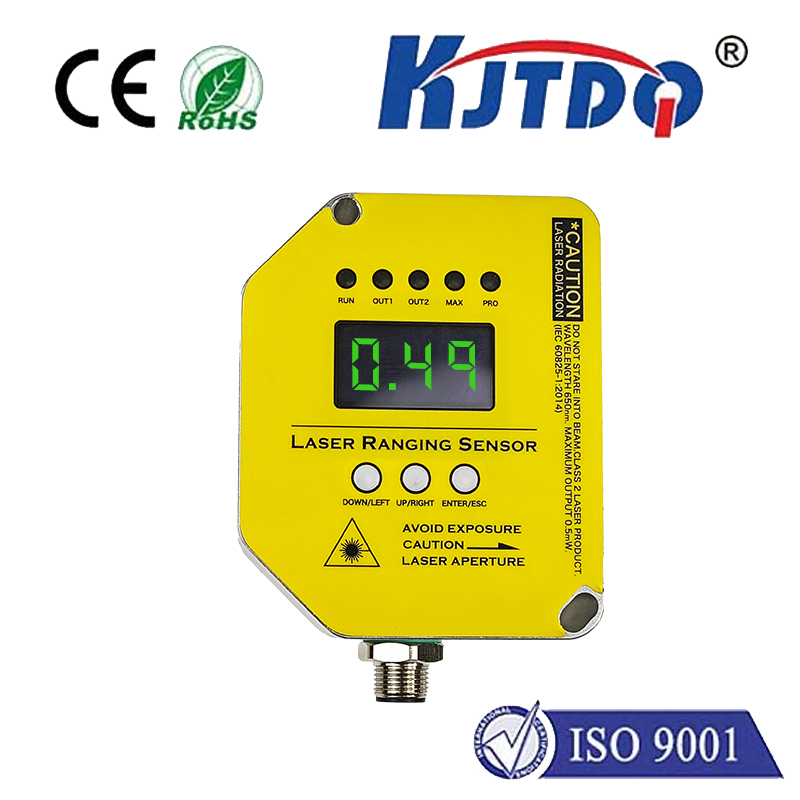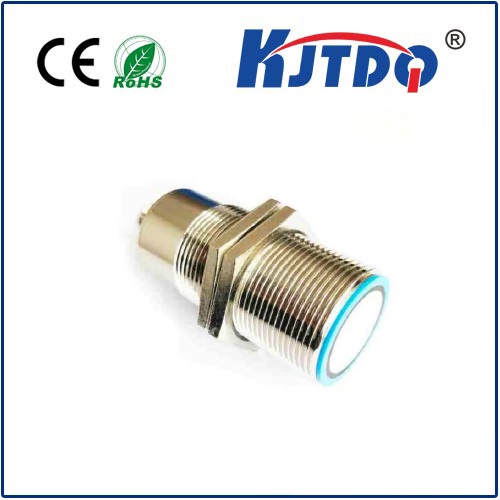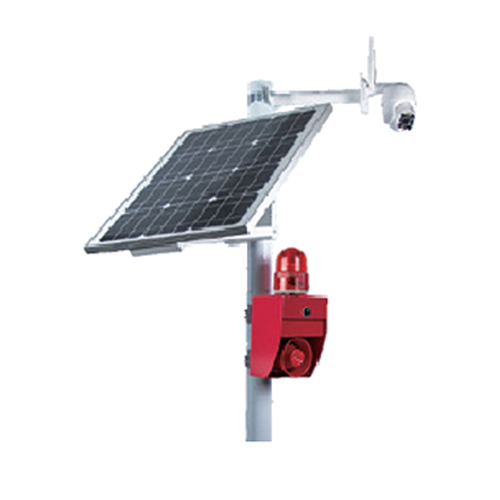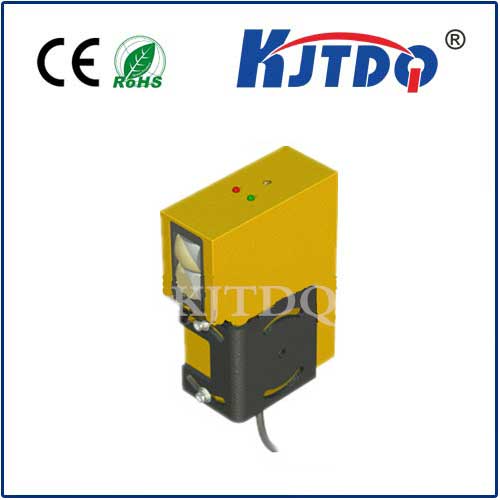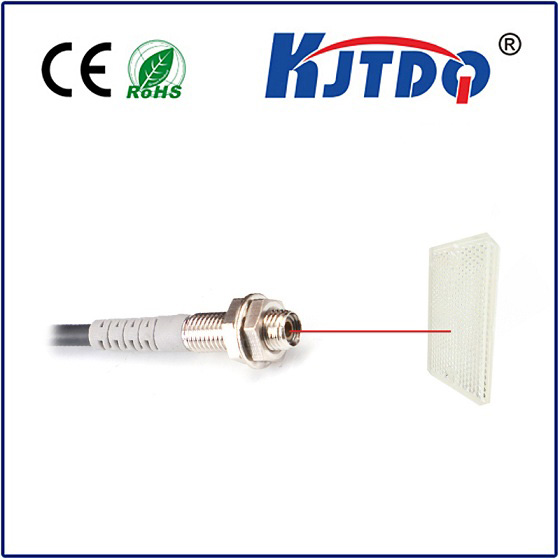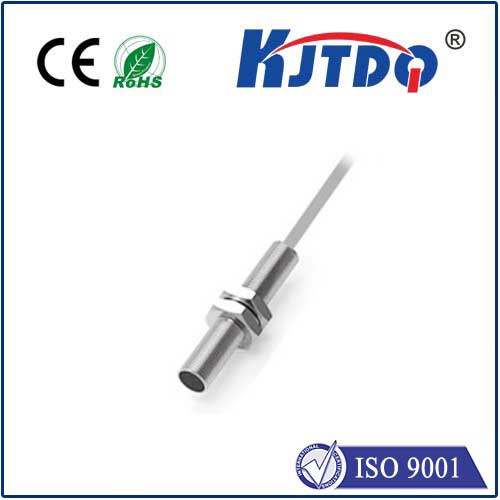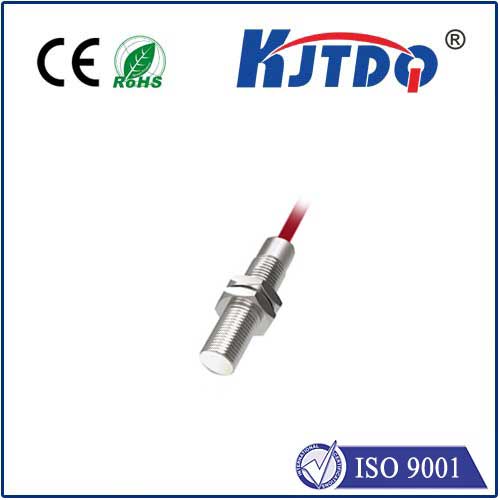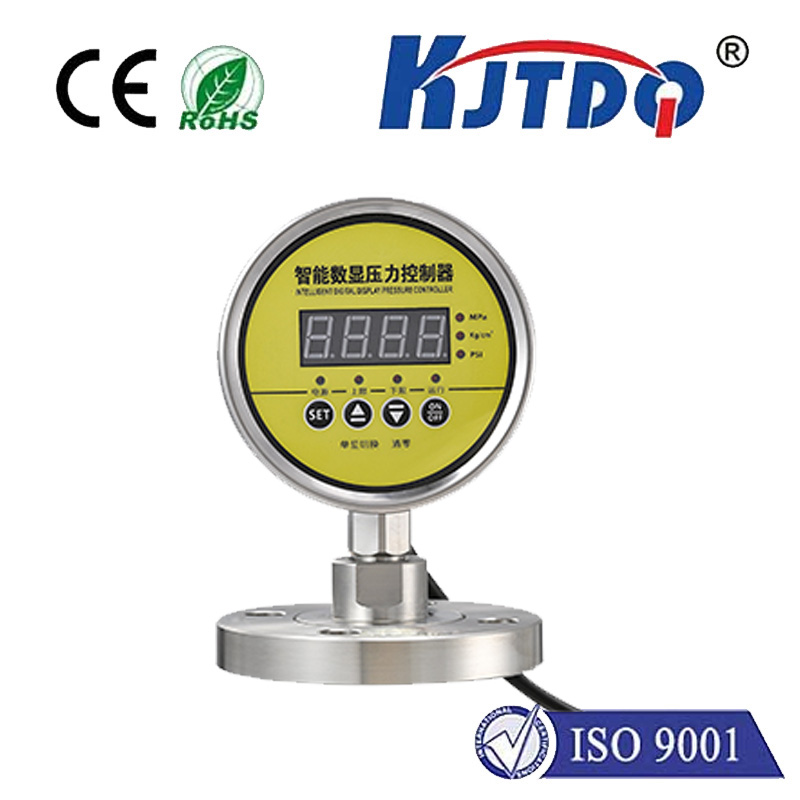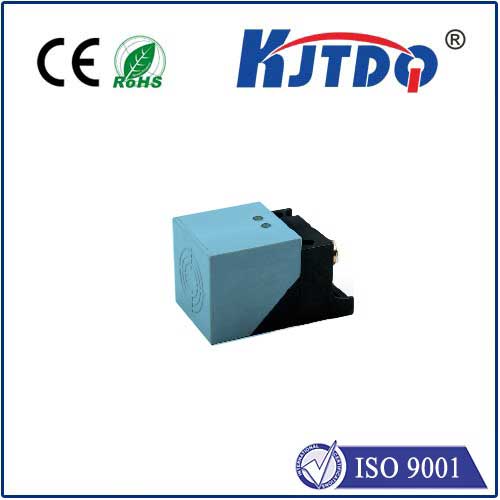capacitive proximity sensor types
- time:2025-07-08 02:20:58
- Click:0
Exploring Capacitive Proximity Sensor Types: Choosing the Right Non-Contact Detection
Imagine a touchscreen reacting effortlessly to your finger, a dispenser releasing soap without you pushing a button, or factory machinery safely halting when someone approaches. These everyday marvels often rely on a fascinating technology: capacitive proximity sensing. Unlike mechanical switches requiring physical force, these sensors detect objects without contact, opening a world of possibilities for automation, safety, and user interfaces. But with various capacitive proximity sensor types available, selecting the perfect one requires understanding their distinct characteristics and applications. This guide delves into the different types to help you navigate this versatile detection landscape.
The Core Principle: Sensing Through Capacitance
At their heart, all capacitive proximity sensors operate on the principle of capacitance change. Capacitance is the ability of a system to store an electrical charge. A basic capacitor consists of two conductive plates separated by an insulator (dielectric). The capacitive proximity switch essentially forms one plate of a capacitor. The target object (which can be conductive or even non-conductive with sufficient dielectric properties) acts as the other plate or modifies the dielectric constant near the sensor.
When an object enters the sensor’s electrostatic field, it alters the capacitance between the sensor’s electrode and ground. The sensor’s internal circuitry constantly monitors this capacitance. When the change exceeds a predetermined threshold, the sensor triggers its output signal, indicating the presence of the object. This fundamental principle underpins the various capacitive proximity sensor types.

Key Components in Action
Understanding several key components clarifies how these sensors work:
- Oscillator: Generates a high-frequency electromagnetic field at the sensing face.
- Sensing Electrode: The active surface of the sensor that creates the electrostatic field.
- Dielectric Material: Insulates the electrode and influences the field’s characteristics.
- Evaluation Circuitry: Continuously monitors the oscillator’s amplitude or frequency shift caused by capacitance changes due to the target.
- Output Stage: Switches (e.g., NPN/PNP transistor, relay) or provides an analog signal when detection occurs.
Navigating the Different Capacitive Proximity Sensor Types
Capacitive sensors can be categorized based on several key factors:
- Shielded (Ground Detect) vs. Unshielded (Non-Grounded Detect): This is often the primary classification.
- Shielded Capacitive Sensors: These have a grounded metal ring surrounding the active sensing electrode. This ring constrains the electrostatic field, focusing it directly forward from the sensing face. This design offers several advantages:
- Flush Mounting: Can be installed flush with or embedded within metal mounting surfaces without the metal interfering with or “tripping” the sensor itself. The shield prevents the field from propagating sideways into the mounting material.
- Directional Sensitivity: Detection is primarily perpendicular to the sensing face, minimizing false triggers from nearby objects at the sides.
- Shorter Sensing Range: Typically offers a more limited nominal sensing range compared to unshielded types of the same size. Ideal for applications requiring precise detection in confined spaces or where the sensor needs to be mounted flush within metal.
- Unshielded Capacitive Sensors: These lack the surrounding metallic shield. The electrostatic field extends radially from the sensing face and backwards/sideways around the sensor body.
- Increased Sensing Range: Can generally detect objects at a greater distance than shielded sensors of comparable size.
- Susceptibility to Surroundings: Require non-metallic mounting and sufficient clearance around the sensor body. Mounting near or on metal can cause the sensor to detect the mounting surface itself (activating constantly) or significantly reduce its effective range. Best suited for detecting objects through non-metallic container walls (e.g., plastic, glass tanks for level detection) or where flush mounting isn’t required and a longer range is needed.
- Form Factor & Size:
Capacitive sensors come in diverse shapes and sizes to fit specific installation needs:
- Cylindrical: The most common form factor, ranging from miniature (M5, M8 diameters) to larger sizes (M12, M18, M30). Easily mounted via threaded barrels.
- Rectangular/Block: Offer a flat sensing face, often used for surface mounting or where space constraints favor a low-profile design.
- Ring/Annular: Designed to detect objects passing through their center aperture.
- Specialty Shapes: Custom designs for unique applications.
- Sensor size directly impacts sensing range and sensitivity. Larger sensors generally have a longer effective range and can detect smaller objects or objects with weaker dielectric properties from farther away.
- Output Signal Type:
- Digital (ON/OFF): The vast majority are simple switches. They provide a discrete signal (e.g., 24V DC on/off) when an object is detected within the sensing range. Available in various output configurations (NPN, PNP, NO, NC). This is the standard output for proximity detection tasks.
- Analog: Provide a continuous output signal (e.g., 0-10V, 4-20mA) proportional to the distance of the object from the sensing face. Used for applications requiring distance measurement, level control (within limits), or material thickness monitoring. The output varies continuously as the object moves closer or farther away within the sensing field.
- Specialized Variants:
- Liquid Level Sensors: Designed specifically for detecting the presence or absence of liquids, often optimized for mounting through tank walls or from above. They excel at distinguishing between the dielectric constants of air and various liquids.
- Material Detection Sensors: Tuned to detect specific non-metallic materials (e.g., plastic pellets, wood chips, paper stacks) based on their dielectric properties, often featuring adjustable sensitivity to ignore container walls.
- High-Temperature Sensors: Built with materials and designs capable of operating reliably in elevated temperature environments.
- IO-Link Sensors: Digital sensors with integrated IO-Link communication, enabling advanced diagnostics, parameter configuration, and process data transmission.
Applications Showcasing Sensor Types
The right sensor type depends heavily on the application:
- Flush Mounting on a Metal Machine Frame: A shielded cylindrical capacitive sensor is essential to prevent false triggering from the frame itself.
- Detecting Liquid Level Inside a Plastic Tank: An unshielded capacitive sensor, potentially a specialized liquid level type, mounted externally on the tank wall would be suitable.
- Counting Small Plastic Bottles on a Conveyor: A miniature shielded capacitive sensor avoids detecting the metal conveyor, focusing only on the bottles passing directly in front.
- Precisely Controlling the Position of a Non-Metallic Part: An analog output capacitive sensor could provide the continuous position feedback needed.
- Monitoring Powder Level in a Silo: A specialized capacitive material detection sensor with adjustable sensitivity would be chosen, likely mounted through the silo wall.
Key Selection Considerations
Choosing the optimal capacitive proximity sensor involves evaluating several factors:
- Target Material: Conductive, non-conductive? Dielectric constant? (Plastic bottle vs. wood block vs. water).
- Sensing Distance Required: Nominal range needed, factoring in any container walls.
- Mounting Environment: Can it be mounted flush? Is metal nearby? Is there space for clearance?
- Required Output: Simple presence detection (Digital ON/OFF) or distance information (Analog)?
- Environmental Conditions: Temperature extremes, humidity, dust, chemical exposure?
- Size Constraints: Physical space available for mounting the sensor?
- Adjustability: Does sensitivity need to






